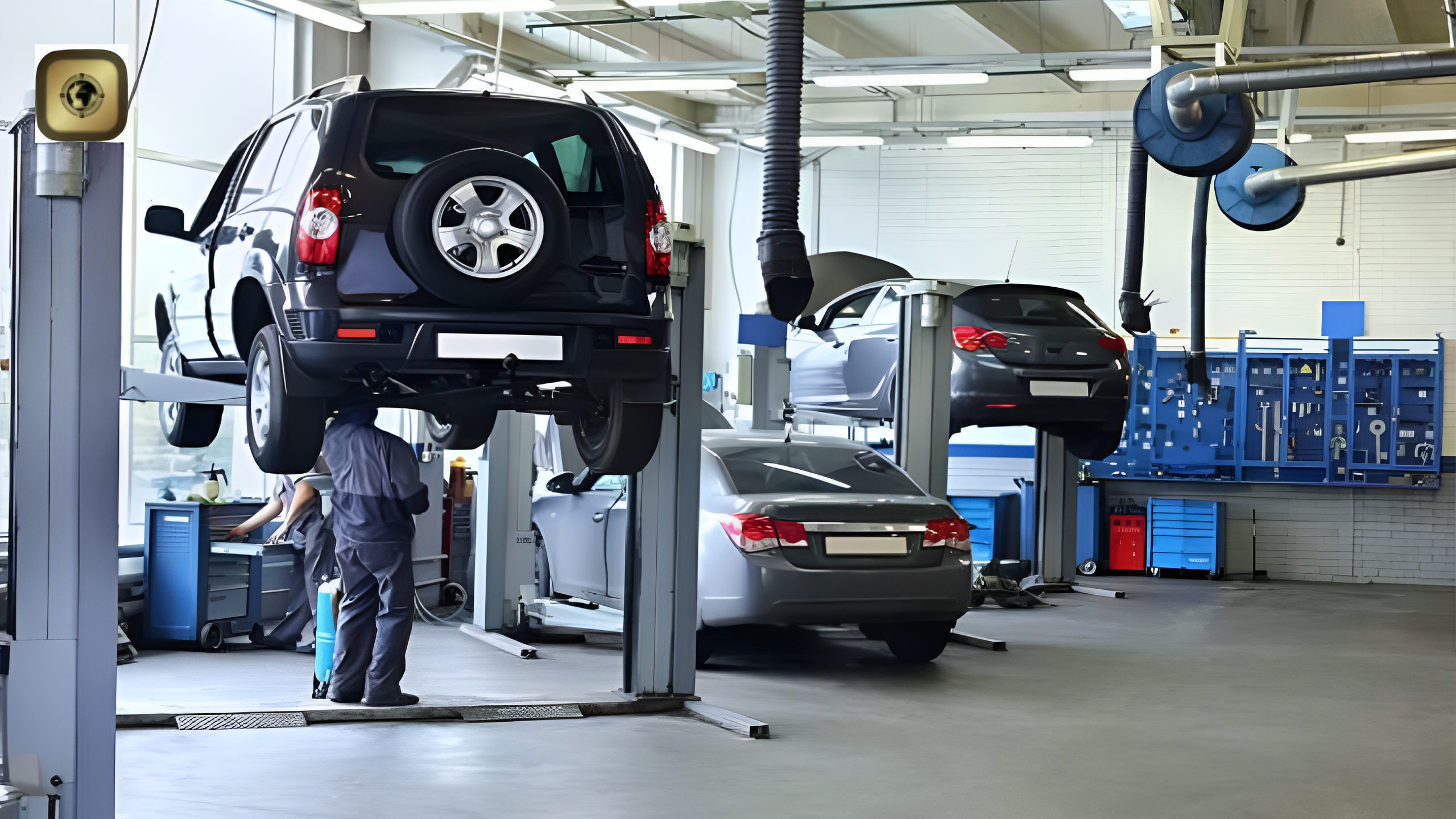March 27, 2025
The seat belt has long been a vital component in the realm of automotive safety, created to protect lives and prevent severe injuries during a crash. Advanced technology has significantly enhanced seat belts over time. The seat belt pretensioner serves as an example of such innovation. Understanding the function and operation of seat belt pretensioners not only highlights the significance of these devices but also stresses the necessity of equipping vehicles with modern safety systems. Additionally, awareness of such safety features can influence the selection of auto insurance, especially comprehensive car insurance.
- The purpose of a Seat Belt Pretensioner
A seat belt pretensioner primarily aims to enhance the efficacy of a seat belt during a crash. Although traditional seat belts function properly, they have slack that can hinder their ability to secure a passenger tightly to the seat in cases of sudden stops or impacts. Factors contributing to this slack include passenger movement, loose adjustments of the seat belt, and the flexibility of the seat belt material.
This slack is eliminated by a seat belt pretensioner, which rapidly tightens the seat belt upon detecting a collision. This action keeps the passenger securely restrained in their seat until the full impact of the crash is felt. It reduces the chance of the passenger being thrust forward, thereby decreasing the likelihood of head, neck, and torso injuries.
However, safety features like a seat belt pretensioner can also impact vehicle owners financially. Certain car insurance policies offer lower premiums for vehicles equipped with advanced safety systems, as these vehicles decrease the risk of severe injuries and high claims.
- Types of Seat Belt Pretensioners.
Seat belt pretensioners can vary in type, primarily based on different vehicle configurations and specific safety needs. The most prevalent types include:
- Mechanical Pretensioners
The pretensioners we currently have are the earliest type and depend on mechanical components. They typically utilize a spring-loaded mechanism that activates during a crash. However, their operation is not as precise or swift as that of more modern alternatives. - Pyrotechnic Pretensioners
Contemporary vehicles employ pyrotechnic pretensioners, which utilize a small explosive charge to quickly tighten the seat belt in an accident. A sensor triggers an explosion upon impact, and the gas propels a piston or spool to pull the belt tight. For complete protection, this kind of pretensioner is paired with airbags. - Electrical Pretensioners
These pretensioners, which tighten the belt, rely on electric motors or actuators. These systems are also integrated with Advanced Driver Assistance Systems (ADAS) and can activate if the system detects a potential crash. For instance, electrical pretensioners may work in conjunction with automatic emergency braking systems. - Hybrid Pretensioners
Some vehicles feature pretensioners that combine both pyrotechnic and electrical elements. The pyrotechnic aspect is triggered in the event of a crash, while the electrical component can operate even in situations where a collision does not occur.
The kind of seat belt pretensioner you choose for your automobile is determined by its design, safety regulations, and technological functions. Nonetheless, the function that these devices serve is vital for enhancing passenger safety regardless of the type, and in turn, one can assist in diminishing liability risks and thus indirectly affect third-party car insurance claims.
Working Principle of Seat Belt Pretensioner
The functioning of a seatbelt pretensioner in a vehicle is based on its capability to identify a crash and respond in mere milliseconds. Here’s how it operates:
- Crash Detection
It is linked to the vehicle’s crash sensors, which continuously monitor the motion and dynamics of the car. If a collision occurs suddenly, these sensors will send an electronic signal to trigger the pretensioner mechanism. - Activation Mechanism
The signal activates a small explosive charge that generates gas in pyrotechnic pretensioners. This gas retracts the seat belt, pulling on a spool linked to a piston.
In electrical pretensioners, an electric motor or actuator is initiated by the signal to pull back the belt. - Tightening the Belt
The pretensioner retracts the seat belt so that there is no slack, thereby securing the passenger tightly in the seat. This occurs nearly simultaneously with airbag deployment for a coordinated safety response. - Post-Crash Reset
After activation, most pretensioners are designed to be non-reusable, particularly the pyrotechnic type. To uphold the vehicle’s safety standards, they must be replaced. This is standard practice, and typically relates to comprehensive car insurance, which consists of provisions against the repair or replacement of safety devices, among other things.
Conclusion
Technology continually enhances safety on the roads, and the seat belt pretensioner in a vehicle exemplifies this advancement.
You might already recognize that comprehensive car insurance and third-party car insurance policies frequently provide more favorable conditions for your vehicles when equipped with advanced safety features. Additionally, these systems lower the long-term expenses associated with accident repairs and liability. With this, the seat belt system appears to have a promising future, with the future of pretensioners including increasingly sophisticated models capable of preemptively and adaptively responding to various driving scenarios. However, at present, the fast-paced development of vehicle technology already signifies seat belt pretensioners as one of the essential innovations, having already preserved countless lives and improving road safety.



Leave A Comment